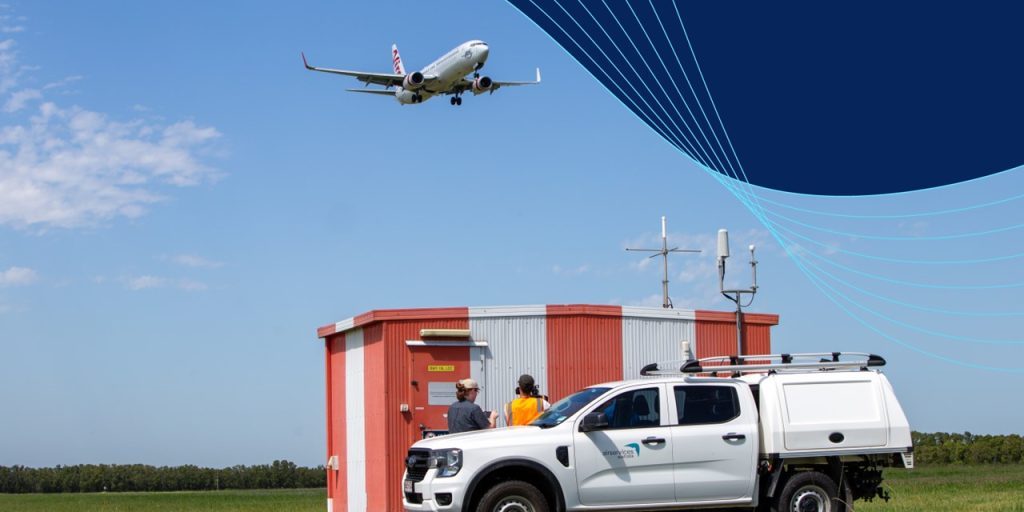Airservices Australia has selected four companies to begin prototyping Australia’s first Flight Information Management System (FIMS) which will support the safe and efficient integration of emerging airspace users, including drone operators and air taxis, into Australia’s low-altitude airspace.
FIMS will form the basis of an enhanced air traffic system that will enable Airservices to share flight information between air traffic control, traditional aircraft, and new airspace users – ensuring crewed and uncrewed flights can operate safely together in Australian airspace.
Australia is one of the fastest growing markets for drones, adopting new technologies to deliver products, services, and aid to people and places faster. As our low-altitude airspace becomes more complex, development of Australia’s first FIMS will ensure Airservices continues to ensure the safe and orderly flow of air traffic across our skies.
The four companies – ANRA Technologies, Altitude Angel, Frequentis Australasia and OneSky Systems – will participate in a competitive down-selection process to create a FIMS prototype tailored to the needs of Australia’s aviation industry, with in-field trials expected later this year.
Airservices Chief Customer Experience & Strategy Officer Peter Curran said FIMS will be a central component of the Uncrewed Aircraft System Traffic Management (UTM) ecosystem, providing common situational awareness among everyone operating in Australian airspace.
“The expected growth of new airspaces users and new aircraft types – all with different automation, digitisation and intelligence systems – presents an exciting opportunity for Airservices to work collaboratively with industry to develop the FIMS and provide safe, efficient and equitable access to airspace for traditional as well as new airspace users,” said Mr Curran.
“FIMS will facilitate the exchange of information between all stakeholders – air traffic control, traditional aircraft and drone operators – to enable the safest and most efficient use of mixed-traffic airspace.”
For example, emergency services could request temporary priority access for emergency aircraft to conduct a rescue operation. FIMS would automatically share updated air operations information with all crewed and uncrewed air vehicles operating in shared airspace.
The Australian Government’s National Emerging Aviation Technologies Policy Statement outlines Airservices role in developing and operating a FIMS enabling the safe introduction of new aviation technologies projected to deliver a $14.5 billion economic benefit over the next 20 years.



